1mg
Showing 3551–3600 of 7910 results
-
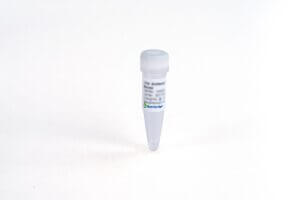
cTnT (25C11), mAb, Mouse
$144.04 Add to cart View Product DetailsCardiac TnT (cTnT) is the largest subunit of the troponin complex which is composed of cTnT, troponin I (TnI), troponin C (TnC). It is encoded by the TNNT2 gene with a calculated molecular weight of 34.6 kDa. The cTnT is considered as a useful biomarker for the diagnosis of acute myocardial infarction.
-

cTnT (26D7), mAb, Mouse
$144.04 Add to cart View Product DetailsCardiac TnT (cTnT) is the largest subunit of the troponin complex which is composed of cTnT, troponin I (TnI), troponin C (TnC). It is encoded by the TNNT2 gene with a calculated molecular weight of 34.6 kDa. The cTnT is considered as a useful biomarker for the diagnosis of acute myocardial infarction.
-
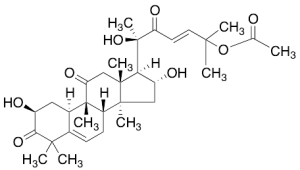
Cucurbitacin B
$61.24 Add to cart View Product DetailsMolecular Formula : C32 H46 O8
-

Cucurbitacin E
$214.76 Add to cart View Product DetailsMolecular Formula : C32 H44 O8
-

Curcumin Beta-D-Glucuronide Sodium Salt
$243.23 Add to cart View Product DetailsMolecular Formula : C27H28O12 • x(Na)
-

Curcumin Beta-D-Glucuronide-d3 Sodium Salt
$264.79 Add to cart View Product DetailsMolecular Formula : C27H25D3O12 • x(Na)
-

Curcumin Sulfate-d6 Tetrabutylammonium Sodium Salt
$163.01 Add to cart View Product DetailsMolecular Formula : C37H48D6NNaO9S
-

Curvulin
$210.45 Add to cart View Product DetailsMolecular Formula : C12H14O5
-

Cuscohygrine-d6 (Mixture of Diastereomers)
$165.60 Add to cart View Product DetailsMolecular Formula : C13 D6 H18 N2 O
-

CV-6209
$174.23 Add to cart View Product DetailsMolecular Formula : C34 H60 N3 O6 . Cl
-

CXCL10, Mouse
$2,238.19 Add to cart View Product DetailsCXCL10 also known as IP-10 is belonging to the CXC chemokine family. It is encoded by the CXCL10 gene, and in murine it is also named the CRG-2 gene. The gene was originally identified as an immediate early gene induced in response to macrophage activation. This chemokine elicits its effects by binding to the cell surface chemokine receptor CXCR3. CXCL10 has been shown to be a chemoattractant for activated T-lymphocytes and monocytes/macrophages. It also has other roles, such as promotion of T cell adhesion to endothelial cells, and inhibition of bone marrow colony formation and angiogenesis. Murine CXCL10 shares approximately 67 % amino acid sequence identity with human CXCL10.
-

CXCL11, Human
$2,238.19 Add to cart View Product DetailsCXCL11 also known as I-TAC is belonging to the CXC chemokine family and shares 36 % and 37 % amino acid sequence homology with IP-10 and MIG, respectively. It is highly expressed in peripheral blood leukocytes, pancreas and liver. Expression of CXCL11 is strongly induced by IFN-γ and IFN-β, and weakly induced by IFN-α. This chemokine elicits its effects by binding to the cell surface chemokine receptor CXCR3, which with a higher affinity than do the other chemokines for this receptor, CXCL9 and CXCL10. Similar to CXCL10, CXCL11 has been shown to be a chemoattractant for IL-2-activated T-lymphocytes, but not for isolated T-cells, neutrophils or monocytes.
-
Cy 5 (Technical Grade)
$84.53 Add to cart View Product DetailsMolecular Formula : C45H52N4O14S2
-

CY5 Triethylamine Salt
$257.89 Add to cart View Product DetailsMolecular Formula : C33 H40 N2 O8 S2 . x C6 H15 N
-
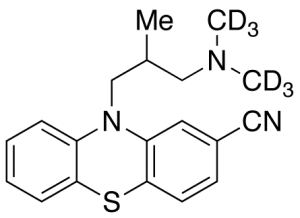
Cyamemazine-d6
$273.41 Add to cart View Product DetailsMolecular Formula : C19H15D6N3S
-
Cyanamide-15N2
$95.74 Add to cart View Product DetailsMolecular Formula : C H2 15N2
-
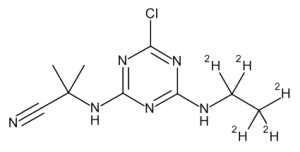
Cyanazine-d5
$166.46 Add to cart View Product DetailsMolecular Formula : C9 2H5 H8 Cl N6
-
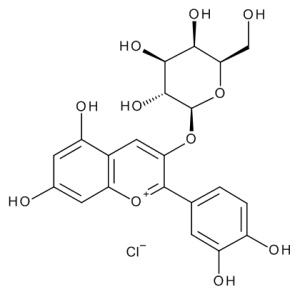
Cyanidin 3-O-Beta-D-Galactopyranoside Chloride
$140.59 Add to cart View Product DetailsMolecular Formula : C21 H21 O11 . Cl
-
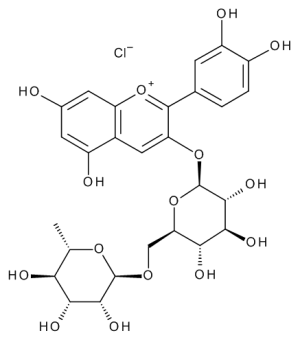
Cyanidin 3-O-Rutinoside (75%)
$71.59 Add to cart View Product DetailsMolecular Formula : C27 H31 O15 . Cl
-

Cyanidin 3-Xyloside
$307.05 Add to cart View Product DetailsMolecular Formula : C20 H19 O10 . Cl
-

Cyanidin Chloride
$83.66 Add to cart View Product DetailsMolecular Formula : C15 H11 O6 . Cl
-
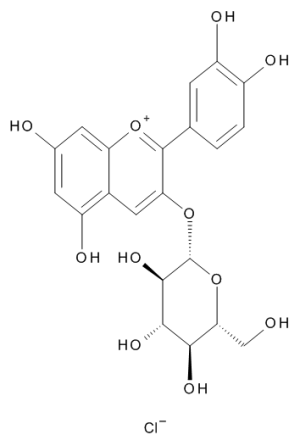
Cyanidol 3-Glucoside
$203.55 Add to cart View Product DetailsMolecular Formula : C21 H21 O11 . Cl
-
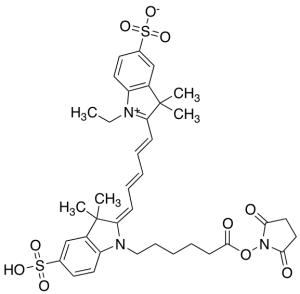
Cyanine 5, SE (Technical Grade)
$56.06 Add to cart View Product DetailsMolecular Formula : C37 H43 N3 O10 S2
-
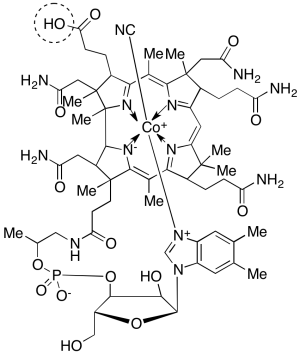
Cyanocobalamin-b-carboxylic Acid
$1,923.38 Add to cart View Product DetailsMolecular Formula : C63 H87 Co N13 O15 P
-
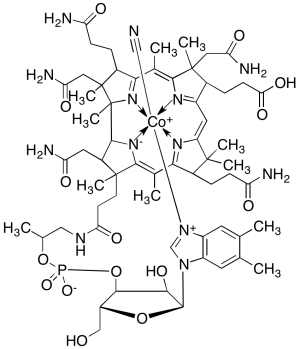
Cyanocobalamin-d-carboxylic Acid
$1,081.58 Add to cart View Product DetailsMolecular Formula : C8 H8 Cl2 O2
-
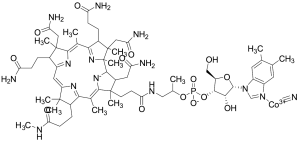
Cyanocobalamin-e-methylamide
$200.10 Add to cart View Product DetailsMolecular Formula : C64 H90 Co N14 O14 P
-

Cyanoguanidine-15N4
$189.75 Add to cart View Product DetailsMolecular Formula : C2 H4 15N4
-
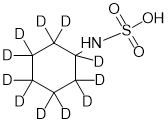
Cyclamic Acid-d11
$179.40 Add to cart View Product DetailsMolecular Formula : C6 D11 H2 N O3 S
-
Cyclic 3-Hydroxy Melatonin
$159.56 Add to cart View Product DetailsMolecular Formula : C13H16N2O3
-
Cyclizine-d3 (N-methyl-d3)
$81.08 Add to cart View Product DetailsMolecular Formula : No Data Available
-
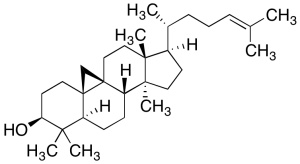
Cycloartenol (>90%)
$242.36 Add to cart View Product DetailsMolecular Formula : C30 H50 O
-
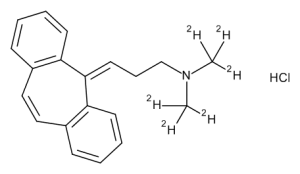
Cyclobenzaprine-d3 Hydrochloride
$160.43 Add to cart View Product DetailsMolecular Formula : C20 2H3 H18 N . Cl H
-
Cyclobutrifluram
$53.48 Add to cart View Product DetailsMolecular Formula : C17H13Cl2F3N2O
-
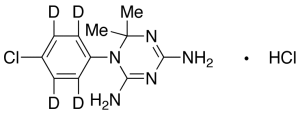
Cycloguanil-d4 Hydrochloride
$210.45 Add to cart View Product DetailsMolecular Formula : C11H11D4Cl2N5
-

Cyclopamine
$62.10 Add to cart View Product DetailsMolecular Formula : C27 H41 N O2
-

Cyclopentakis(1,4-butylene Terephthalate)
$357.08 Add to cart View Product DetailsMolecular Formula : C60 H60 O20
-
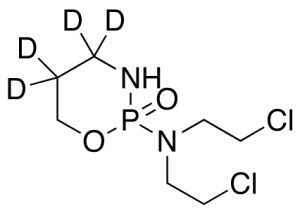
Cyclophosphamide-d4
$257.03 Add to cart View Product DetailsMolecular Formula : C7 2H4 H11 Cl2 N2 O2 P
-
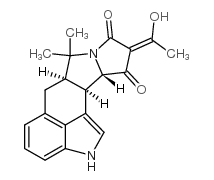
Cyclopiazonic Acid
$49.16 Add to cart View Product DetailsMolecular Formula : C20 H20 N2 O3
-
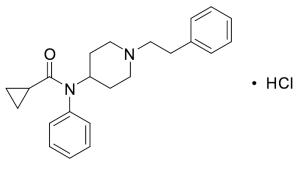
Cyclopropyl Fentanyl Hydrochloride
$151.80 Add to cart View Product DetailsMolecular Formula : C23 H28 N2 O . H Cl
-

Cyclosporin A-13C2,d4 Acetate
$363.11 Add to cart View Product DetailsMolecular Formula : C62¹³C2H109D4N11O13
-
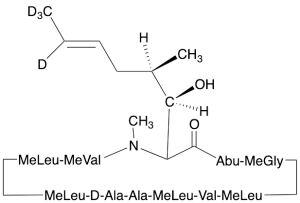
Cyclosporin A-d4 (Major)
$439.01 Add to cart View Product DetailsMolecular Formula : C62H107D4N11O12
-
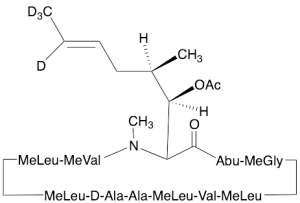
Cyclosporin A-d4 Acetate (Major)
$301.01 Add to cart View Product DetailsMolecular Formula : C64H109D4N11O13
-
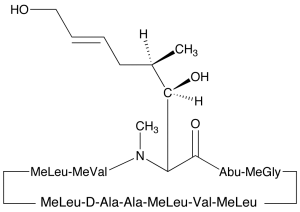
Cyclosporin AM 1 (>80%)
$232.01 Add to cart View Product DetailsMolecular Formula : C62 H111 N11 O13
-
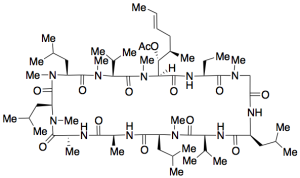
Cyclosporin AM 4N Acetate
$422.63 Add to cart View Product DetailsMolecular Formula : C63 H111 N11 O13
-

Cyclosporin D
$129.38 Add to cart View Product DetailsMolecular Formula : C63 H113 N11 O12
-
Cyclotetrakis(1,4-butylene Terephthalate)
$177.68 Add to cart View Product DetailsMolecular Formula : C48 H48 O16
-
Cyclotris(1,4-butylene Terephthalate)
$236.33 Add to cart View Product DetailsMolecular Formula : C36 H36 O12
-
Cypermethrin (Phenoxy-d5) Isomeric Mixture
$210.45 Add to cart View Product DetailsMolecular Formula : C22 D5 H14 Cl2 N O3
-
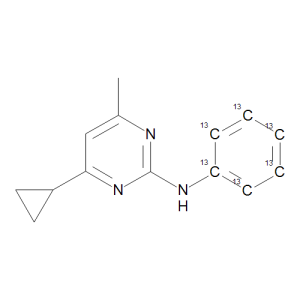
Cyprodinil-13C6
$160.43 Add to cart View Product DetailsMolecular Formula : 13C6 C8 H15 N3
-
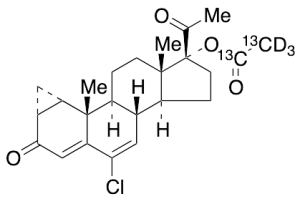
Cyproterone Acetate-13C2,d3
$220.80 Add to cart View Product DetailsMolecular Formula : C2213C2H26D3ClO4






